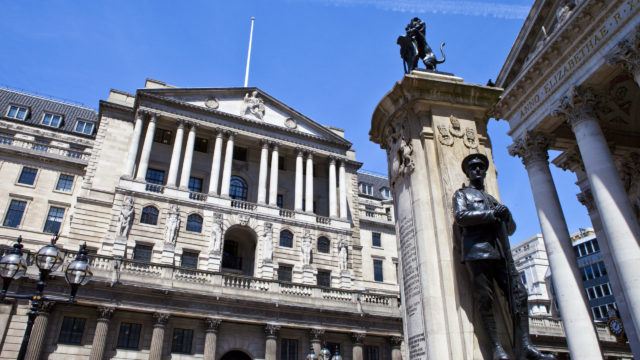Before World War One, Britain was undoubtedly the global economic superpower – a role now played by the USA and soon to be filled by China. However, the war had a crippling effect on the British economy and is widely considered to be the start of Britain’s gradual decline from the global superpower it once was.
By Christmas 1914, it was clear that the war was not going to be over in a matter of months, as many had hoped, and the government had to start preparing for the long-haul. This meant they had to find the resources to fund a war far more expensive than any before.
The government had to adapt its fiscal policy, quick! Prior to WWI, only 2% of the population paid income tax and rates were a miniscule 6%. With the government in dire need of resources, this rose rapidly throughout the war – by 1918, income tax was 30%.
Overall, income taxes were only enough to cover about 40% of the government’s war expenditure and, come the war’s latter years, the government was coming close to running out of money. Printing more money was no longer an option – after years of massive interest rate hikes, price rates had almost doubled since before the war.
So how did Britain fill the gap? The government borrowed… extensively.
At its worst, the British budget deficit was a massive 49%, which the Bank of England mainly covered with huge loans from the U.S.A. and other foreign powers.
These loans, however, were supplemented by War Bonds, bonds offered to British citizens which carried 5% in interest to fund the war. The bonds were colourful certificates that promised a feeling of national pride in exchange for investing in the war effort.
When they were introduced, the government ran a massive promotional campaign, complete with plenty of patriotic posters informing people of their importance in ensuring the war in Europe could continue. One of the principal slogans was “Feed Our Guns!”
At the time, the War Bonds were a massive success – they generated about £300,000,000 at the time, which in today’s money is approximately £19 billion.
However, their government took rather a long time to fulfil their side of the agreement – in some cases nearly a century passed before initial bond holders were repaid. What’s more, in 1932 the interest rate on War Bonds was slashed to 3.5% by Neville Chamberlain.
The last 120,000 bond holders were eventually repaid in 2014 by then Chancellor George Osborne. This amounted to a payment of £1.9 billion. The long existence of the War Bond debt is a graphic illustration of the dark shadow the war cast across the country.
At the end of the war, Britain’s total debt stood at £7.7 billion. In addition, during the war Britain sold much of its overseas investments, which were previously a large source of income for the nation, not to mention the massive loss of life among working age men.
It was clear that Britain was no longer the economic giant it once was. In 1920/21, Britain suffered a recession which, to this day, is the deepest the country has ever experienced. Ultimately, Britain never really fully recovered from the economic cost of WWI and its post-war economic weakness, alongside its massive foreign debt, set the stage for the U.S.A to become the world’s principal economic power.

Comments on War Bonds: WWI and Britain’s brush with bankruptcy
There are 0 comments on War Bonds: WWI and Britain’s brush with bankruptcy